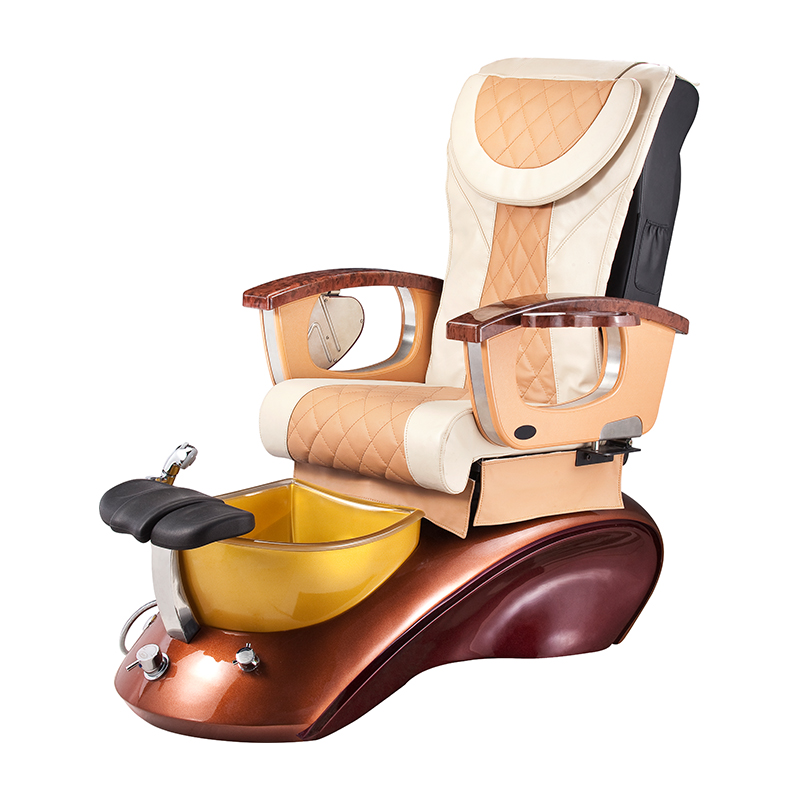Look over! Teach you to quickly identify gravure gold silver ink
2025-10-01 23:03:00
Gold and silver inks, like other types of inks, are primarily composed of two main components: pigments and binders. In simpler terms, gold ink is made from gold powder and gold oil, while silver ink is created using aluminum powder and silver oil.
(1) Pigment
Pigments are the coloring agents in inks, responsible for giving them their specific color. In gold and silver inks, the pigments are derived from metal powders—mainly gold and silver. The pigment in gold ink is actually a copper-zinc alloy powder. The zinc content typically ranges between 8% and 30%. When the zinc content is between 8% and 12%, the resulting color has a reddish tone, commonly referred to as red gold. On the other hand, when the zinc content is between 20% and 30%, the color appears more bluish, known as green gold. The intermediate range is called yellow gold. For gravure printing, 800-mesh gold powder is usually used. This powder is often coated with a surfactant, which helps it mix better with the resin binder.
Silver powder, also known as aluminum powder, consists of 65% flake aluminum and 35% volatile hydrocarbon solvents. Due to its low specific gravity, it tends to float in liquid. The silver ink used in gravure printing typically contains floating silver powder that disperses evenly in the ink. Silver ink generally uses silver powder with a mesh size between 400 and 1000. For large-area printing, lower mesh sizes like 400 can be used, which produce a higher metallic sheen after printing.
(2) Binding Material
The binding material, or vehicle, is the liquid component of the ink. It serves two key functions: first, it acts as a carrier for the pigment, allowing the fine particles to be evenly dispersed; second, it acts as an adhesive, ensuring the pigment adheres firmly to the substrate. The quality of the binding material significantly influences the ink's viscosity, flow, and drying time. Therefore, it directly affects the overall performance of the ink.
In gold and silver inks, the binding material is a special oil known as gold or silver adjusting oil. It mainly consists of oils, resins, and organic solvents. The binding material used in gravure printing must meet several requirements:
â‘ It should have sufficient viscosity to properly combine with the metal powder.
â‘¡ It needs to be highly transparent to avoid affecting the color of the ink.
â‘¢ The acidity level should be low to prevent chemical reactions with the metal powders.
â‘£ It should dry quickly and fix rapidly to avoid sticking on the back of printed materials.
In conclusion, selecting the right ink for each printing process is crucial. Substituting one type of ink for another is not advisable. Only by choosing the appropriate ink and following proper procedures can high-quality packaging products be achieved. Flexible packaging involves a series of complex processes, with printing being one of the most critical steps. Mastering the techniques and standard operations of gravure printing is essential to producing visually appealing and well-decorated packaging.
Pedicure chairs designed & manufactured by Tom Spa. We create and manufacture world-class pedicure seating and equipment that is unsurpassed and offer standard and custom units to fit your unique space, style and budget. Beautifully made in the China.

Pedicure Spa,Kids Pedicure,Luxury Pedicure,Portable Pedicure Spa With Jets
TOM SPA BEAUTY SALON EQUIPMENT CO.,LTD , https://www.tomspabeauty.com